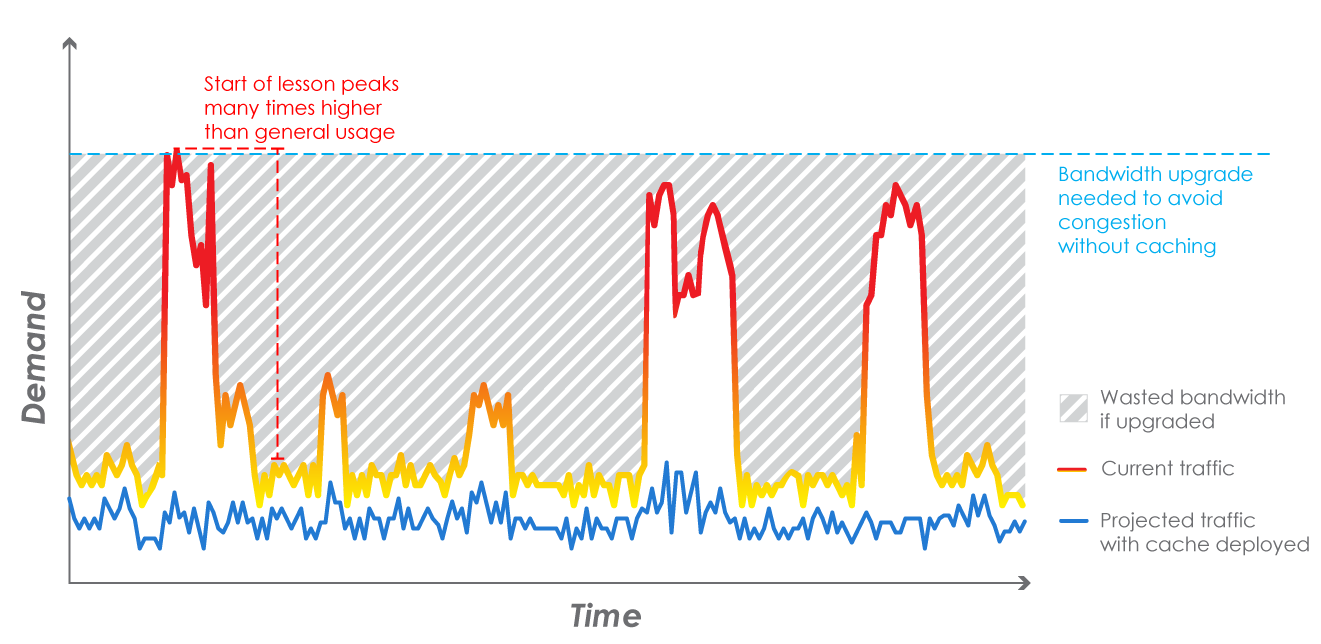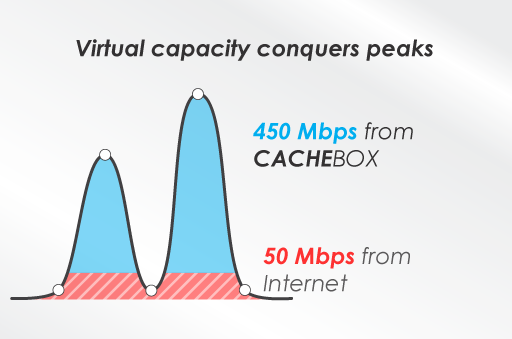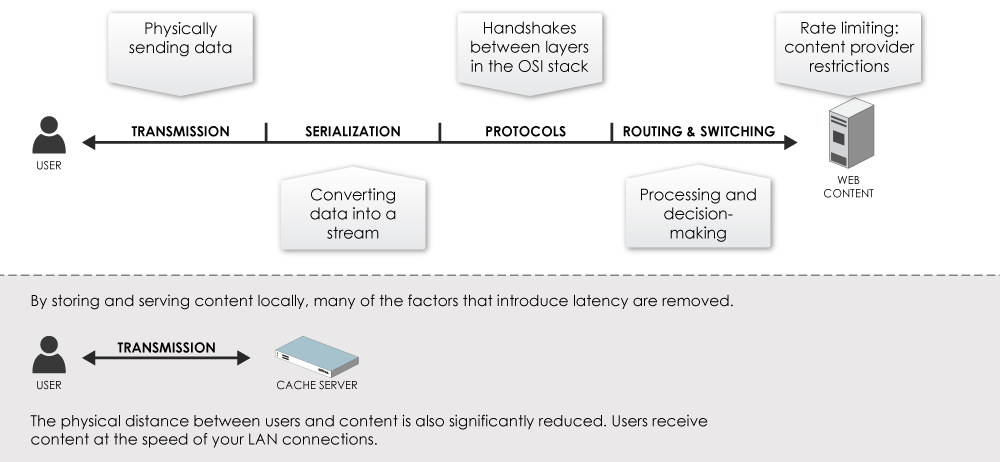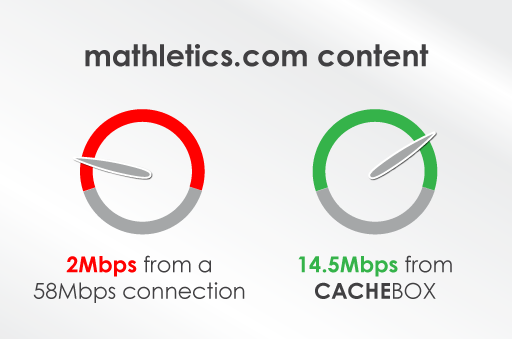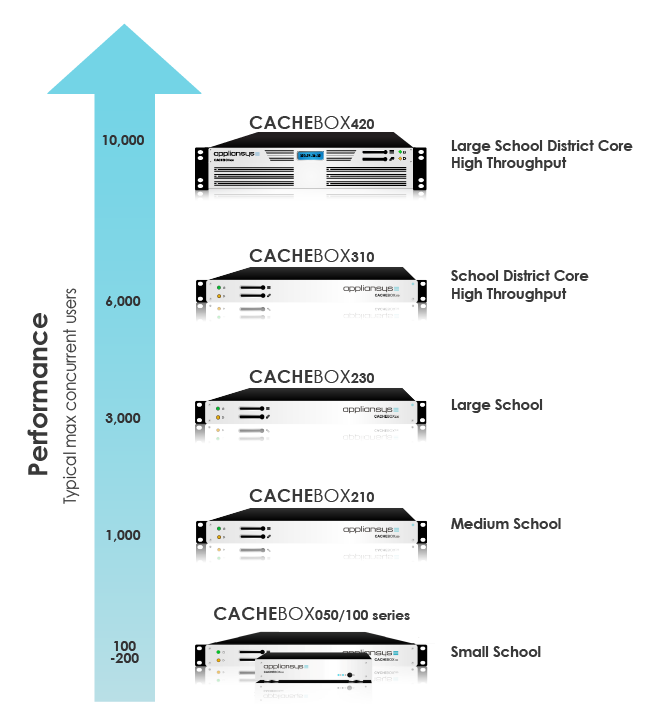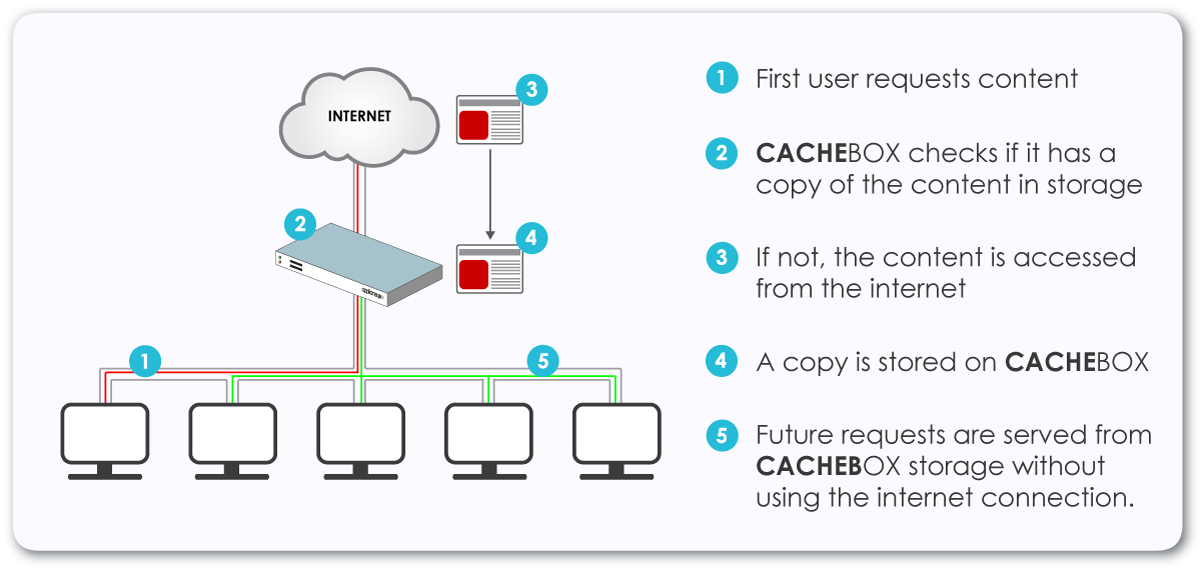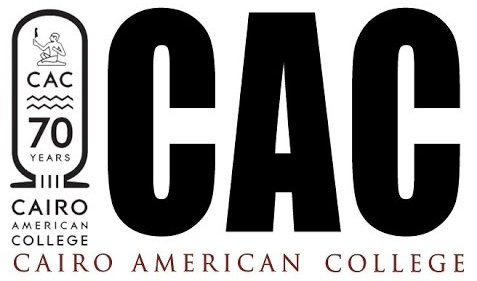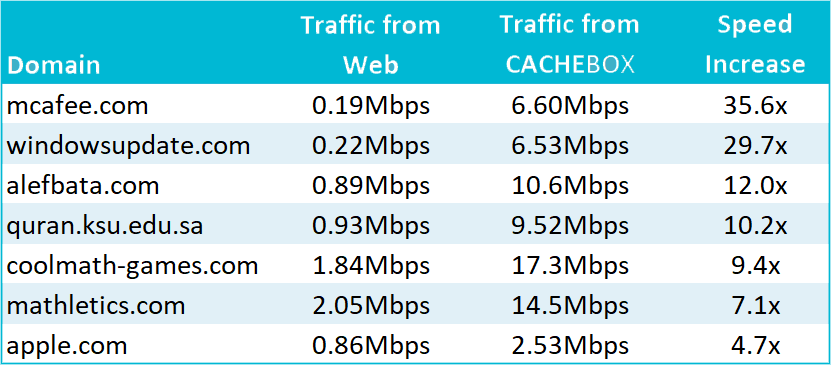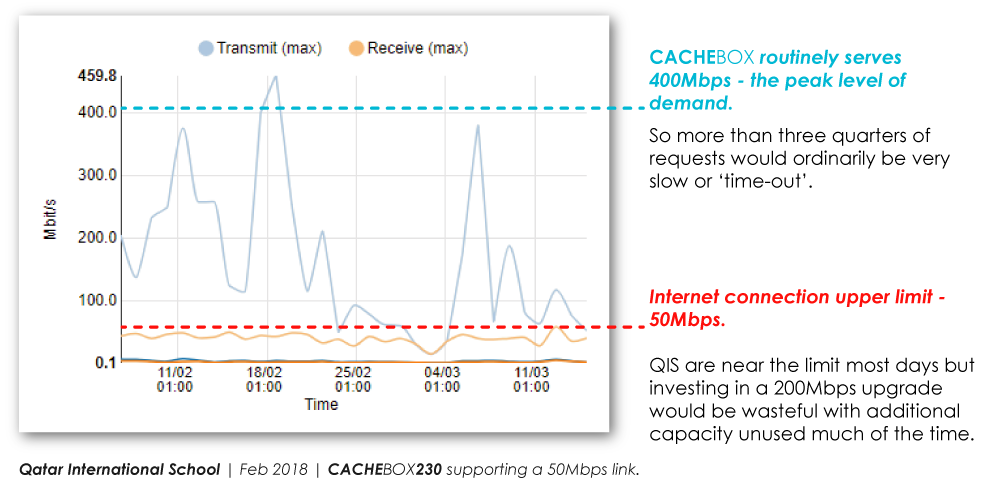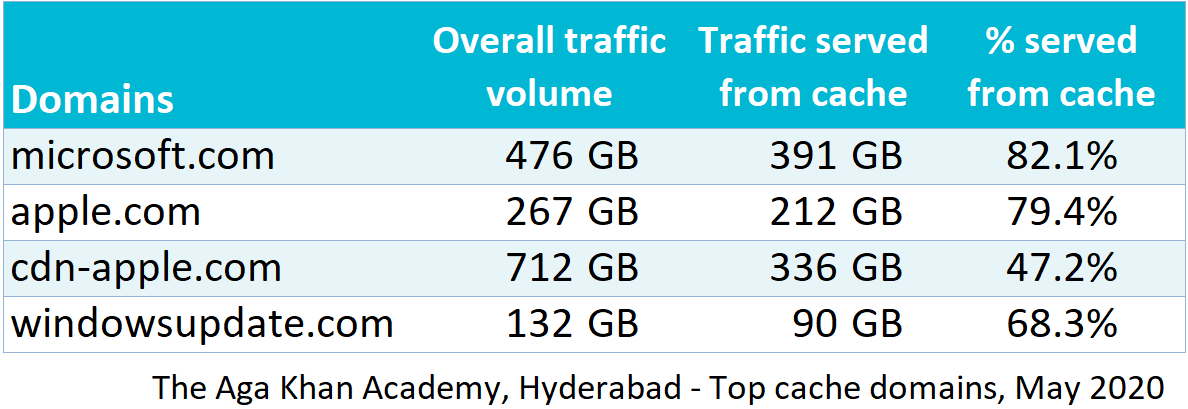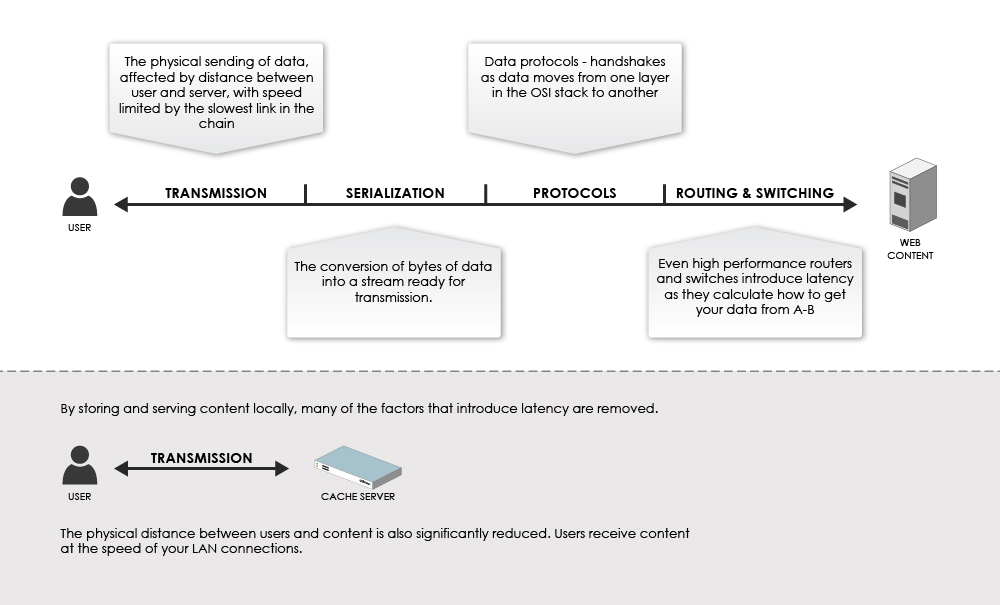Making the internet work, wherever in the world you're educating
International schools make heavy use of web-based learning thanks to international curricula and pioneering use of personalised learning approaches. So learning outcomes depend on reliable, fast access to online content which can't always be guaranteed.
Some schools simply can't get the bandwidth capacity needed in the first place; others have lots of bandwidth but still find classroom connectivity is slow.
That's why so many schools are deploying web caches to optimise their often-expensive bandwidth and deliver much faster web access in the classroom. Caching is particularly effective for schools because a high proportion of a school's web requests are repeated from one student to the next. So, by storing and serving web content from a local cache you:
- Eliminate wasted lesson time when whole classes wait for content to load
- Give students and teachers faster access to large files like video
- Offload those sizeable software updates that congest your network
- Increase device numbers for 1 device-1 student and BYOD schemes
- Manage excessive spikes in traffic, e.g. start-of-lesson all-at-once demand
ApplianSys has the only fit-for-purpose solution dedicated to schools web caching. It's been deployed in over 150 countries and is overwhelmingly the most selected caching appliance in the United States' E-rate scheme (>50% of funding requests) which helps schools to obtain affordable connectivity.
Read on to learn how other international schools have benefited from deploying web caches and how to get CACHEBOX for your school.

